Remote Microgrids for Energy Access in Indonesia—Part II: PV Microgrids and a Technology Outlook
Abstract
:1. Introduction
- To investigate the actual problems in planning, design, and O&M phases of PV microgrids in Indonesia including the examples of PV hybrid systems in MMU. The PV hybrid in this paper is the combination between the PV system and diesel generator.
- To recommend several advanced microgrid technologies as technology outlook for PV microgrids in Indonesia such as microgrid online monitoring system, load forecasting estimation, PV panels degradation, battery state-of-health (SoH) estimation, and maximum energy yield strategies by deploying micro inverters and direct current (DC) optimizers.
2. Research Approach
2.1. Indonesia Microgrids
2.2. The Importance of PV Off-Grid Microgrids
2.3. Challenge of PV Microgrids in Indonesia
2.3.1. Planning Phase
2.3.2. Design Phase
2.3.3. Operation and Maintenance
3. Technology Recommendations
3.1. Online Monitoring Solution
3.2. PV and Battery Lifetime Estimation
3.3. Load Forecasting
3.4. PV Inverters Technology
4. Conclusions
Author Contributions
Funding
Institutional Review Board Statement
Informed Consent Statement
Data Availability Statement
Conflicts of Interest
References
- Gardiner, M.; Gardiner, P. Indonesia’s Demographic Dividend or Window of Opportunity? Available online: https://media.neliti.com/media/publications/151041-EN-indonesias-demographic-dividend-or-windo.pdf (accessed on 10 August 2021).
- Asian Development Bank. Achieving Universal Electricy Access in Indonesia. Available online: https://www.adb.org/sites/default/files/publication/182314/achieving-electricity-access-ino.pdf (accessed on 10 August 2021).
- Ministry of Energy and Mineral Resource Republic of Indonesia Rasio Elektrifikasi Tahun. 2020. Available online: https://onemap.esdm.go.id/news/rasio_elektrifikasi.html (accessed on 9 July 2021).
- Direktoral Jenderal Ketenagalistrikan. Statistik Ketenagalistrikan 2019. Available online: https://gatrik.esdm.go.id/assets/uploads/download_index/files/c5eff-statistik-ketenagalistrikan-2019-final-.pdf (accessed on 30 May 2021).
- Kementerian Energi dan Sumber Daya Mineral. Statistik Ketenagalistrikan 2018. Available online: http://alpha.djk.esdm.go.id/pdf/Buku%20Statistik%20Ketenagalistrikan/Statistik%20Ketenagalistrikan%20T.A.%202019.pdf (accessed on 30 May 2021).
- Kementerian Kelautan dan Perikanan. 111 Pulau-Pulau Kecil Terluar (PPKT) di Indonesia. Available online: https://kkp.go.id/djprl/p4k/infografis-detail/5794-111-pulau-pulau-kecil-terluar-ppkt-di-indonesia (accessed on 30 May 2021).
- IEEE Std. 2030.9-2019 Recommended Practice for the Planning and Design of the Microgrid; IEEE: Piscataway, NJ, USA, 2019; pp. 1–46. Available online: https://ieeexplore.ieee.org/document/8746836 (accessed on 30 May 2021).
- Khodaei, A.; Bahramirad, S.; Shahidehpour, M. Microgrid Planning Under Uncertainty. IEEE Trans. Power Syst. 2015, 30, 2417–2425. [Google Scholar] [CrossRef]
- Ngamroo, I.; Vachirasricirikul, S. Design of Optimal SMES Controller Considering SOC and Robustness for Microgrid Stabilization. IEEE Trans. Appl. Supercond. 2016, 26, 1–5. [Google Scholar] [CrossRef]
- Reber, T.; Burman, K.; Hirsch, B. Sustainable Energy for Remote Indonesian Grids: Strategies to Accelerate Nationwide Deployment. Available online: https://www.nrel.gov/docs/fy17osti/66548.pdf (accessed on 30 May 2021).
- Yan, B.; Luh, P.B.; Warner, G.; Zhang, P. Operation and Design Optimization of Microgrids with Renewables. IEEE Trans. Autom. Sci. Eng. 2017, 14, 573–585. [Google Scholar] [CrossRef]
- NZMATES Personnel. Personal Interview, Maluku, Indonesia, 30 April 2021.
- Solanki, B.; Bhattacharya, K.; Cañizares, C. A sustainable energy management system for isolated microgrids. IEEE Trans. Sustain. Energy 2017, 8, 1507–1517. [Google Scholar] [CrossRef]
- Bandyopadhyay, S.; Mouli, G.R.C.; Qin, Z.; Elizondo, L.R.; Bauer, P. Techno-Economical Model Based Optimal Sizing of PV-Battery Systems for Microgrids. IEEE Trans. Sustain. Energy 2020, 11, 1657–1668. [Google Scholar] [CrossRef]
- Colson, C.; Nehrir, M.; Sharma, R.; Asghari, B. Improving sustainability of hybrid energy systems part I: Incorporating battery round-trip efficiency and operational cost factors. IEEE Trans. Sustain. Energy 2014, 5, 37–45. [Google Scholar] [CrossRef]
- Colson, C.; Nehrir, M.; Sharma, R.; Asghari, B. Improving sustainability of hybrid energy systems part II: Managing multiple objectives with a multiagent system. IEEE Trans. Sustain. Energy 2014, 5, 46–54. [Google Scholar] [CrossRef]
- Fadhilah, A.P. Report on the Operational Status of Rural Micro-Hydro Power and Photovoltaic Mini-Grids in Indonesia; Energising Development (EnDev); Deutsche Gesellschaft für Internationale Zusammenarbeit (GIZ): Jakarta, Indonesia, 2017. [Google Scholar]
- Thale, S.; Wandhare, R.; Agarwal, V. A novel reconfigurable microgrid architecture with renewable energy sources and storage. IEEE Trans. Ind. Appl. 2015, 51, 1805–1816. [Google Scholar] [CrossRef]
- Simatupang, D.P.; Choi, J. Integrated Photovoltaic Inverters Based on Unified Power Quality Conditioner with Voltage Compensation for Submarine Distribution System. Energies 2018, 11, 2927. [Google Scholar] [CrossRef] [Green Version]
- Simatupang, D.P.; Choi, J. PV Source Inverter with Voltage Compensation for Weak Grid Based on UPQC Configuration. In Proceedings of the IEEE 18th International Power Electronics and Motion Control Conference (PEMC), Budapest, Hungary, 26–30 August 2018. [Google Scholar]
- Statista. Share of Rural Population in Indonesia from 2010 to 2019. Available online: https://www.statista.com/statistics/760959/indonesia-share-of-rural-population/ (accessed on 30 May 2021).
- Laporan Kinerja Ditjen Ketenagalistrikan. 2019. Available online: https://www.esdm.go.id/assets/media/content/content-laporan-kinerja-ditjen-ketenagalistrikan-2019.pdf (accessed on 21 June 2021).
- PLN Personnel. Personal Interview, Houston, TX, USA, 16 June 2021.
- PLN Personnel. Personal Interview, Houston, TX, USA, 6 July 2021.
- Bauer, P. Efficiency Comparison of different Microgrid Layouts Part 2. Available online: https://ocw.tudelft.nl/course-lectures/2-4-3-efficiency-comparison-different-microgrid-layouts-part-2/ (accessed on 21 June 2021).
- Datasheet of GFX (OPzS) Series Acid-Proof Stationaty Battery. Available online: http://www.invertor.ru/teh_akb/OPzS/GFX-series.pdf (accessed on 15 October 2021).
- Harmon, E.; Ozgur, U.; Cintuglu, M.H.; de Azevedo, R.; Akkaya, K.; Mohammed, O.A. The Internet of Microgrids: A Cloud-Based Framework for Wide Area Networked Microgrids. IEEE Trans. Ind. Inform. 2018, 14, 1262–1274. [Google Scholar] [CrossRef]
- Kulkarni, S.; Gu, Q.; Myers, E.; Polepeddi, L.; Liptak, S.; Beyah, R.; Divan, D. Enabling a Decentralized Smart Grid Using Autonomous Edge Control Devices. IEEE Internet Things J. 2019, 6, 7406–7419. [Google Scholar] [CrossRef]
- Wang, Z.L.; Chen, J.; Long, L. Progress in Triboelectric Nanogenerators as a New Energy Technology and Self-Powered Sensors. Energy Environ. Sci. 2015, 8, 2250–2282. [Google Scholar] [CrossRef]
- Zhao, X.; Askari, H.; Chen, J. Nanogenerators for smart cities in the era of 5G and Internet of Things. Joule 2021, 5, 1391–1431. [Google Scholar] [CrossRef]
- Syafaruddin, S.; Karatepe, E. Controlling of artificial neural network for fault diagnosis of photovoltaic array. In Proceedings of the 16th International Conference on Intelligent System Applications to Power Systems (ISAP), Hersonissos, Greece, 25–28 September 2011. [Google Scholar]
- Niccolai, A.; Grimaccia, F.; Leva, S. Advanced Asset Management Tools in Photovoltaic Plant Monitoring: UAV-Based Digital Mapping. Energies 2019, 12, 4736. [Google Scholar] [CrossRef] [Green Version]
- Kwiecien, M.; Badeda, J.; Huck, M.; Komut, K.; Duman, D.; Sauer, D.U. Determination of SoH of Lead-Acid Batteries by Electrochemical Impedance Spectroscopy. Appl. Sci. 2018, 8, 873. [Google Scholar] [CrossRef] [Green Version]
- Majchrzycki, W.; Jankowska, E.; Baraniak, M.; Handzlik, P.; Samborski, R. Electrochemical Impedance Spectroscopy and Determination of the Internal Resistance as a Way to Estimate Lead-Acid Batteries Condition. Batteries 2018, 4, 70. [Google Scholar] [CrossRef] [Green Version]
- Guha, A.; Patra, A. Online Estimation of the Electrochemical Impedance Spectrum and Remaining Useful Life of Lithium-Ion Batteries. IEEE Trans. Instrum. Meas. 2018, 67, 1836–1849. [Google Scholar] [CrossRef]
- Dharma, A.; Robandi, I.; Purnomo, M.H. Application of Interval Type-2 Fuzzy Logic System in Short Term Load Forecasting on Special Days. IPTEK J. Technol. Sci. 2011, 22, 110–116. [Google Scholar] [CrossRef]
- Aprillia, H.; Yang, H.-T.; Huang, C.-M. Optimal Decomposition and Reconstruction of Discrete Wavelet Transformation for Short-Term Load Forecasting. Energies 2019, 12, 4654. [Google Scholar] [CrossRef] [Green Version]
- Hernández, L.; Baladrón, C.; Aguiar, J.M.; Carro, B.; Sánchez-Esguevillas, A.; Lloret, J. Artificial neural networks for short-term load forecasting in microgrids environment. Energy 2014, 75, 252–264. [Google Scholar] [CrossRef]
- Dai, S.; Niu, D.; Li, Y. Daily peak load forecasting based on complete ensemble empirical mode decomposition with adaptive noise and support vector machine optimized by modified grey wolf optimization algorithm. Energies 2018, 11, 163. [Google Scholar] [CrossRef] [Green Version]
- Ghelardoni, L.; Ghio, A.; Anguita, D. Energy Load Forecasting Using Empirical Mode Decomposition and Support Vector Regression. IEEE Trans. Smart Grid 2013, 4, 549–556. [Google Scholar] [CrossRef]
- Dong, M.; Grumbach, L. A Hybrid Distribution Feeder Long-Term Load Forecasting Method Based on Sequence Prediction. IEEE Trans. Smart Grid 2020, 11, 470–482. [Google Scholar] [CrossRef] [Green Version]
- Yuan, J.; Blaabjerg, F.; Yang, Y.; Sangwongwanich, A.; Shen, Y. An Overview of Photovoltaic Microinverters: Topology, Efficiency, and Reliability. In Proceedings of the 2019 IEEE 13th International Conference on Compatibility, Power Electronics and Power Engineering (CPE-POWERENG), Sonderborg, Denmark, 23–25 April 2019. [Google Scholar]
- MacApline, S.; Deline, C. Modeling Microinverter and DC Power Optimizer in PVWatts. Available online: https://www.nrel.gov/docs/fy15osti/63463.pdf (accessed on 21 June 2021).
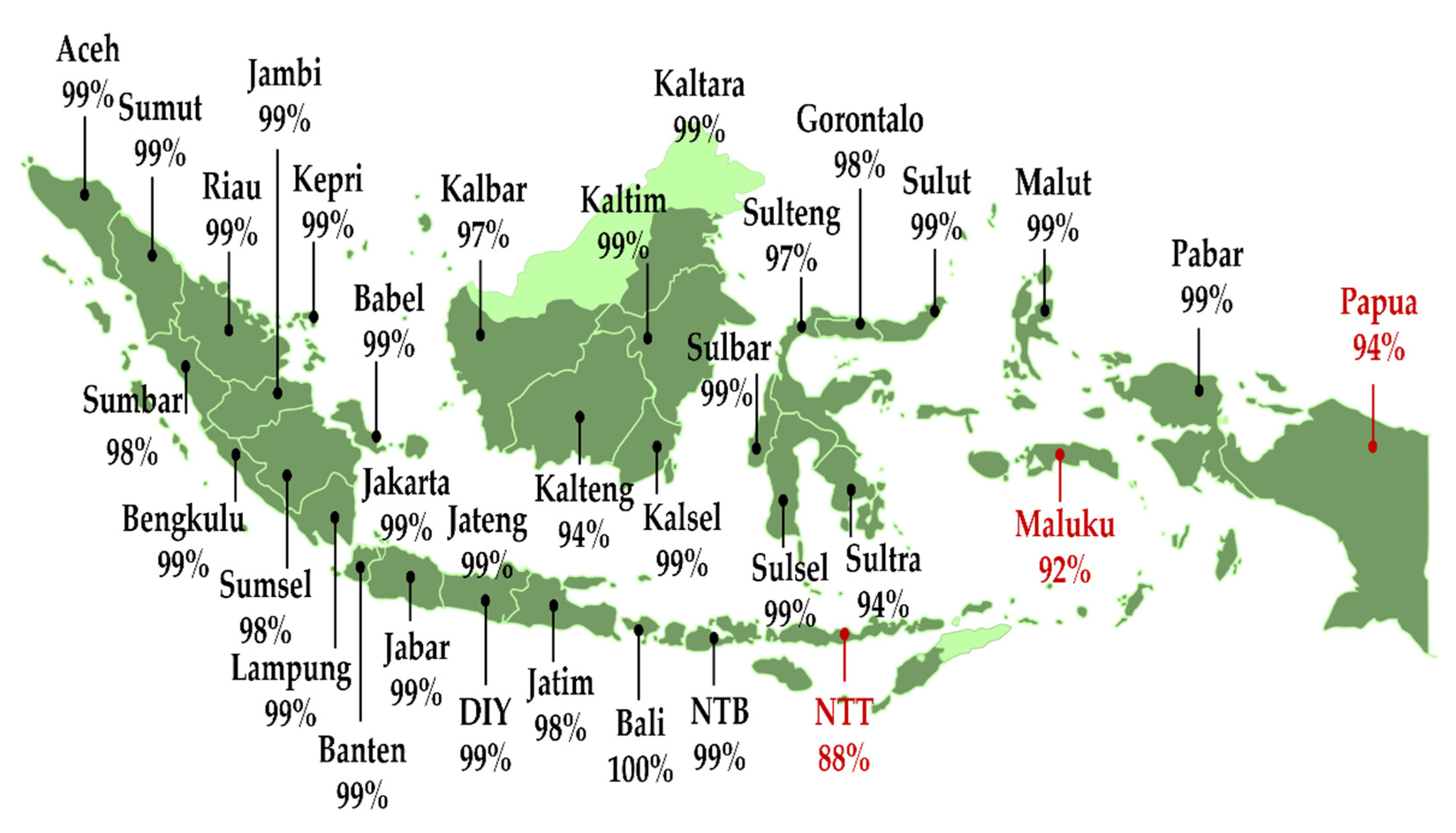

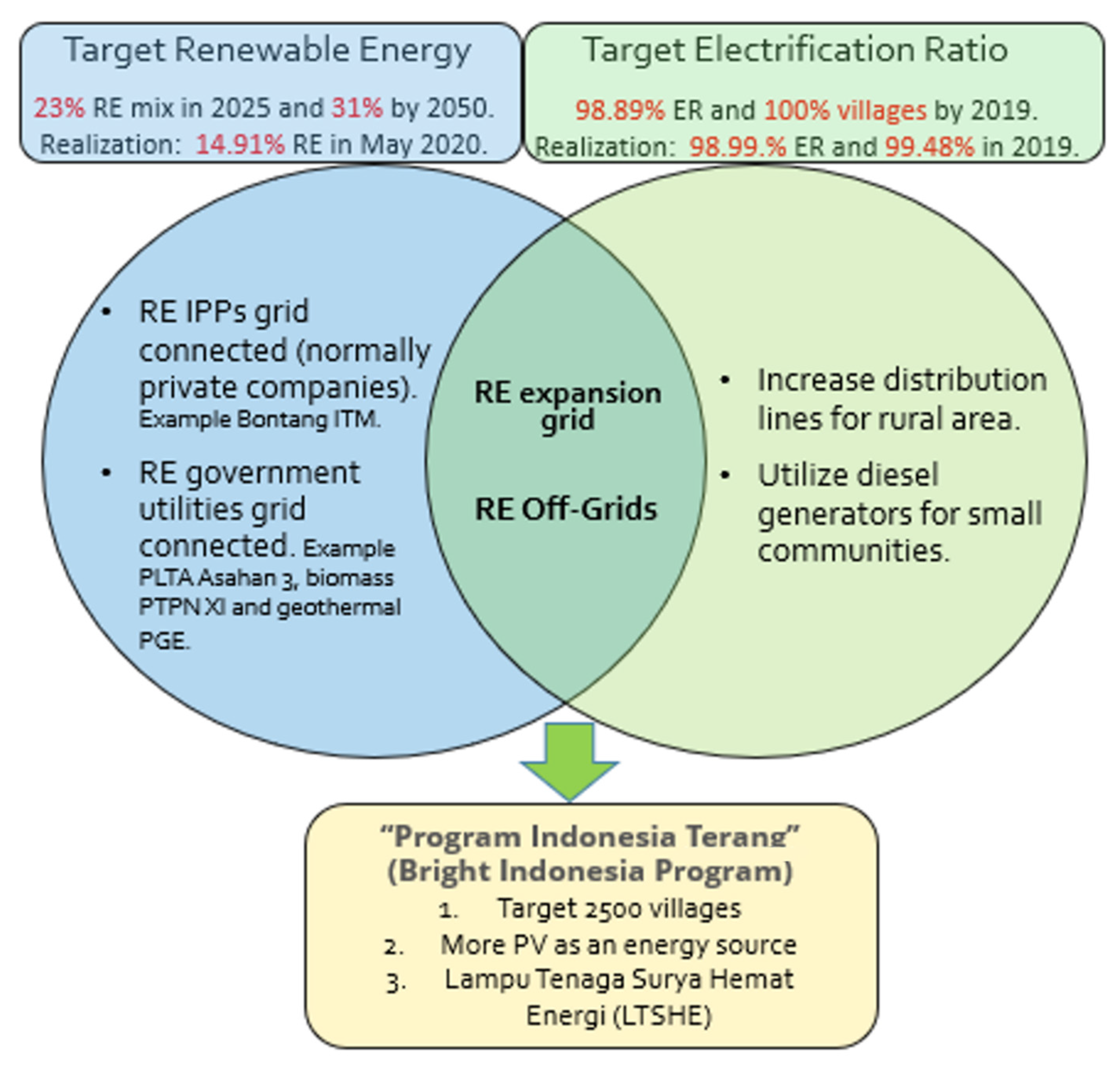




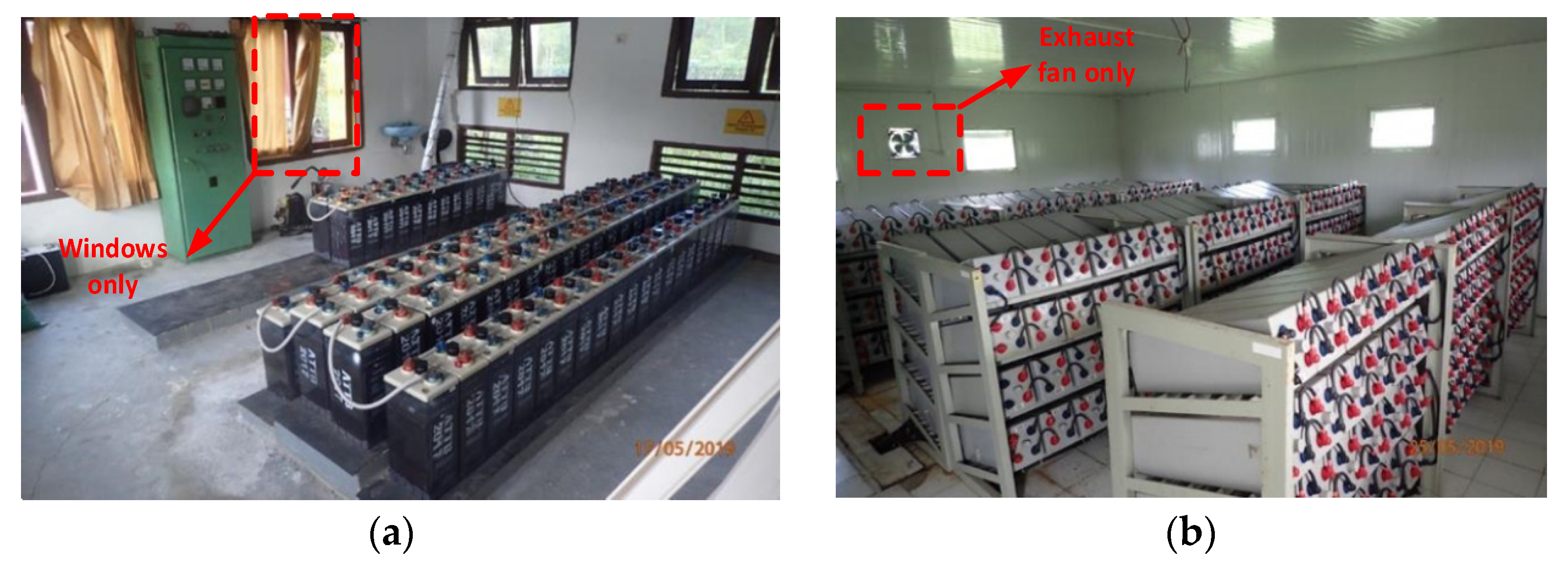

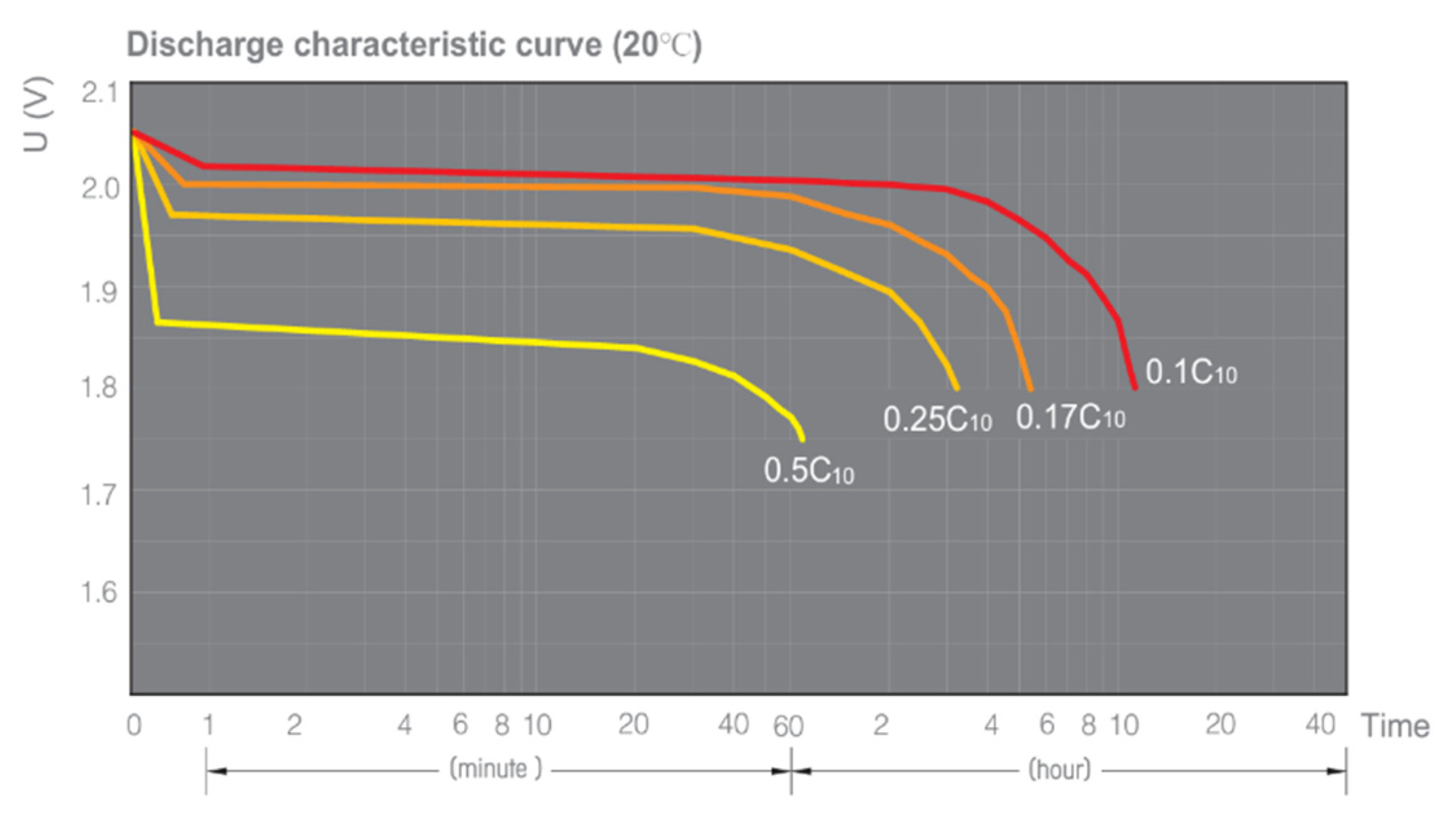

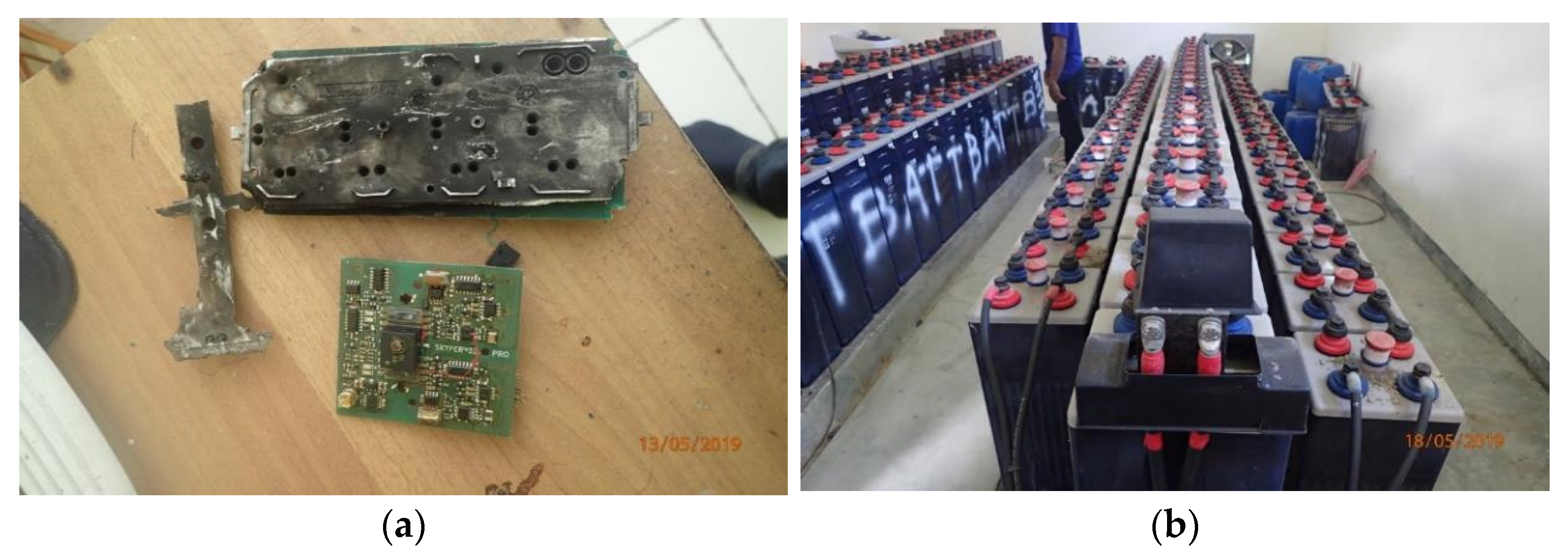
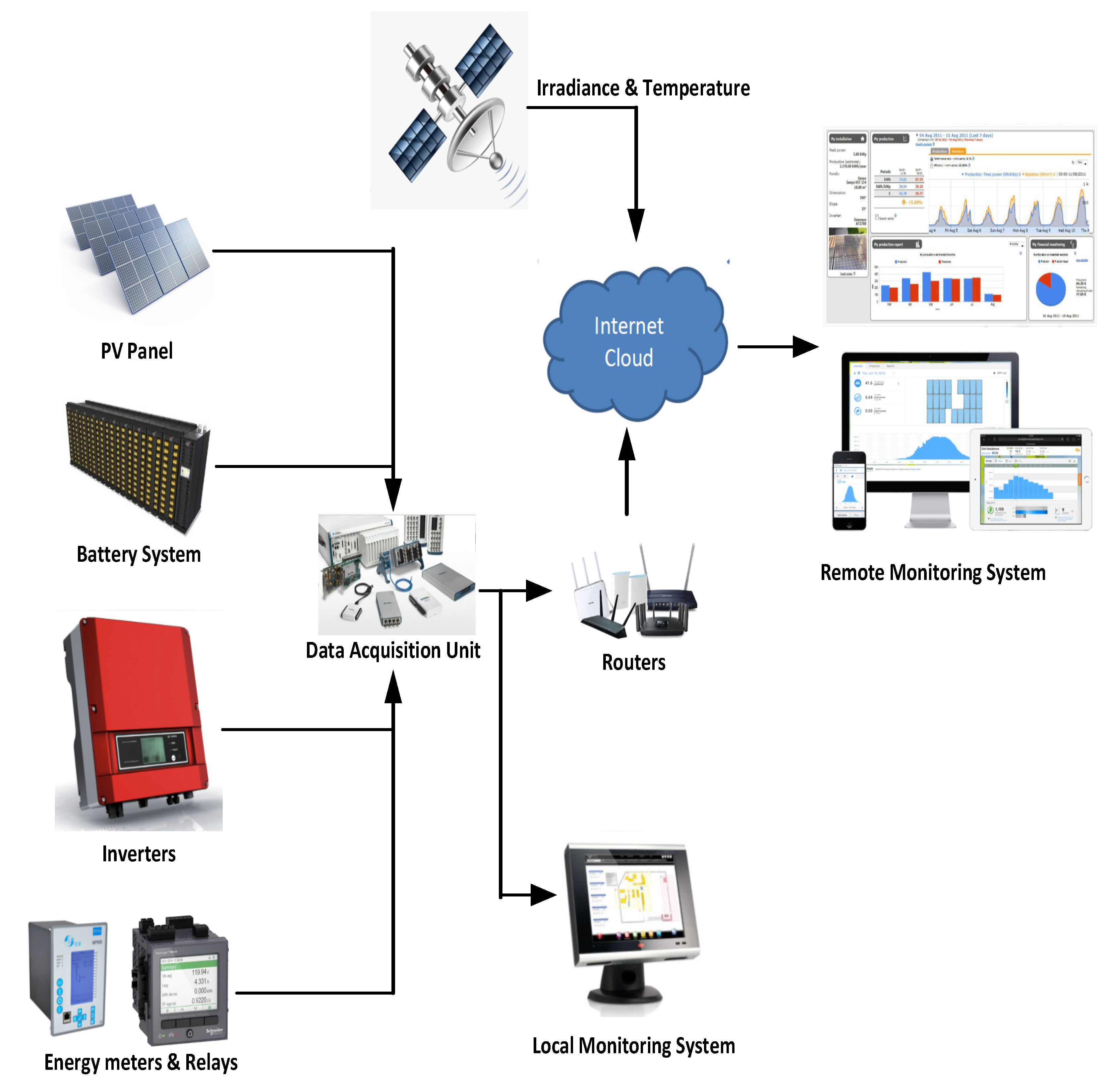

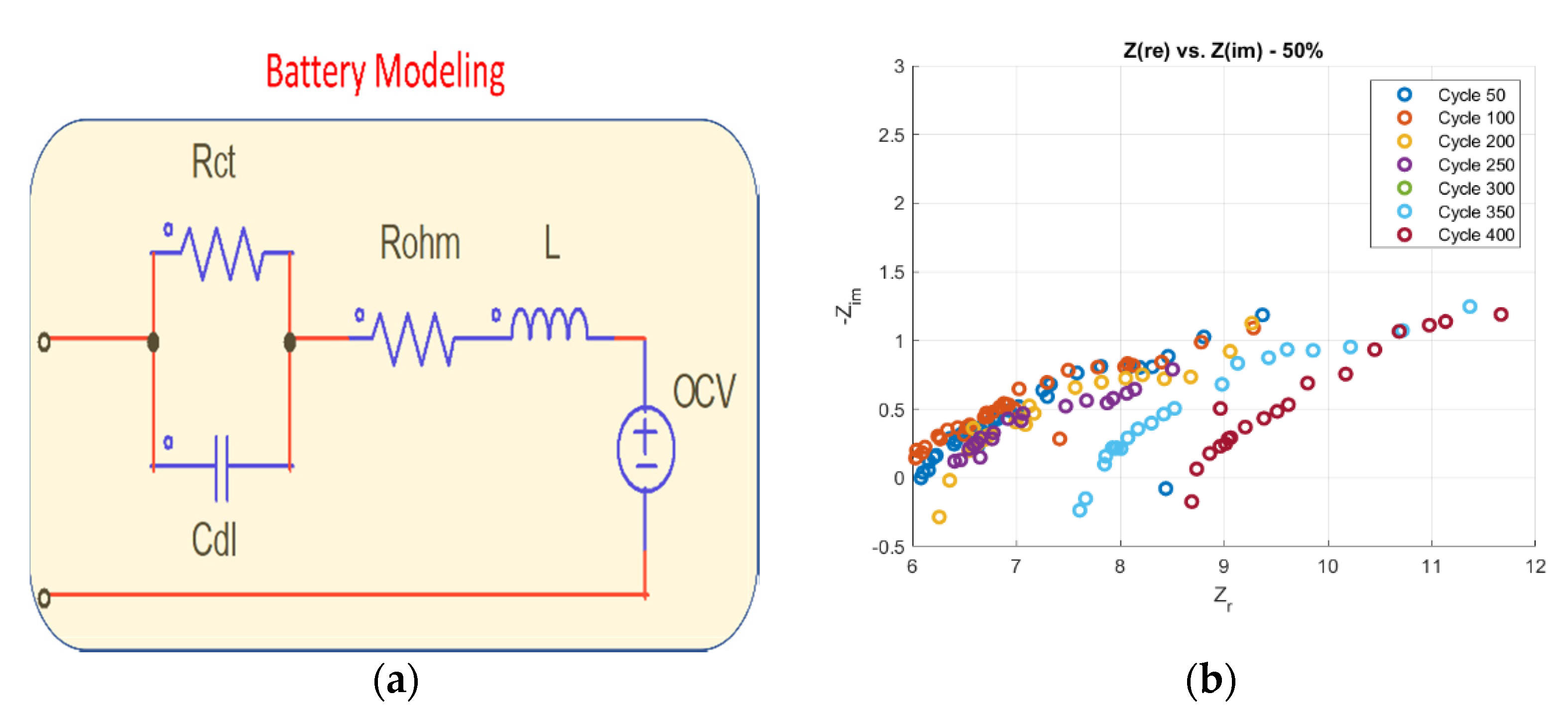
| No. | Province | Total Villages | # Villages with Electricity | Percentage | ||
|---|---|---|---|---|---|---|
| PLN 1 | Non-PLN 2 | Solar Light 2 | ||||
| 1. | Maluku | 1233 | 871 | 294 | 68 | 100.00% |
| 2. | North Maluku | 1180 | 967 | 163 | 50 | 100.00% |
| PV Designator | Year of Operation | Location | Funded by | Type | PV Designator | Year of Operation | Location | Funded by | Type |
|---|---|---|---|---|---|---|---|---|---|
| Site 1 | 4 | Ambon | PLN | Off-grid | Site 9 | 3 | Saumlaki | MEMR | Hybrid |
| Site 2 | 8 | Ambon | PLN | Off-grid | Site 10 | 3 | Tual | PLN | Hybrid |
| Site 3 | 3 | Ambon | PLN | Off-grid | Site 11 | 2 | Tual | MEMR | On-grid |
| Site 4 | 3 | Masohi | PLN | Off-grid | Site 12 | 3 | Saumlaki | MEMR | On-grid |
| Site 5 | 5 | Masohi | PLN | Off-grid | Site 13 | 6 | Tobelo | PLN | Hybrid |
| Site 6 | 5 | Masohi | PLN | Off-grid | Site 14 | 2 | Saumlaki | PLN | Hybrid |
| Site 7 | 3 | Tual | PLN | Hybrid | Site 15 | 5 | Tobelo | MEMR | On-grid |
| Site 8 | 4 | Tual | PLN | Hybrid |
| PV Designator | First Component Failure | Impact to the Other Components (✓ = in Good Condition; ✕ = Not in Good Condition; ? = no Information) | |||||
|---|---|---|---|---|---|---|---|
| Inverter | Battery | Battery Charger | PV Panel | Combiner Boxes | Local Internet | ||
| Site 1 | Battery | ✓ | - | ✓ | ✕ | ✓ | n/a |
| Site 2 | IGBT Inverter | - | n/a | n/a | ✕ | ✕ | ✕ |
| Site 3 | Battery | ✕ | - | ✕ | ✕ | ✕ | n/a |
| Site 7 | Battery | ✓ | - | ? | ✕ | ✕ | ✓ |
| Site 8 | Inverter | - | ✓ | ✓ | ✕ | ✕ | n/a |
| Site 12 | See 2.3.1 Planning Phase | ? | ? | ? | ✕ | ✕ | ✕ |
| Site 14 | See 2.3.2 Design Phase | ✓ | ✓ | ✓ | ✓ | ✕ | ✕ |
| Purpose | Model | Year | Mean Absolute Percentage Error | Location |
|---|---|---|---|---|
| STLF | FS (IT2FS) [36] | 2011 | 1.034% | Indonesia |
| STLF | LR (WOA-DWT-MLR) [37] | 2019 | 1.30% | Taiwan |
| STLF | SOM-K ANN [38] | 2014 | 2.71% | Spain |
| MTLF | SVM [39] | 2018 | 0.196% | China |
| MTLF | SVP + SVB [40] | 2013 | 7.00% | No data |
| LTLF | RNN with hybrid GRU [41] | 2020 | 6.54% | No data |
| Type | Company | Model | Power (kW) | Efficiency | Multiple Points of Failure | Individual PV Panel Monitoring |
|---|---|---|---|---|---|---|
| String Inverter (Site 2) | Sungrow | SG100K3 | 100 | 96.4% | ✕ | ✕ |
| String Inverter (Site 8) | Solar power solution | SR5KTLA1 | 50 | 96.8% | ✕ | ✕ |
| Microinverters | Enphase | IQ 7X | 0.32 | 97.5% | ✓ | ✓ |
| Chilicon Power | CP-250E | 0.29 | 96% | ✓ | ✓ | |
| DC Optimizers/ Power Optimizers | SolarEdge | P300 | 0.30 | 99.5% | ✕ | ✓ |
| Huawei | SUN2000 | 0.45% | 99.5% | ✕ | ✓ |
Publisher’s Note: MDPI stays neutral with regard to jurisdictional claims in published maps and institutional affiliations. |
© 2021 by the authors. Licensee MDPI, Basel, Switzerland. This article is an open access article distributed under the terms and conditions of the Creative Commons Attribution (CC BY) license (https://creativecommons.org/licenses/by/4.0/).
Share and Cite
Simatupang, D.; Sulaeman, I.; Moonen, N.; Maulana, R.; Baharuddin, S.; Suryani, A.; Popovic, J.; Leferink, F. Remote Microgrids for Energy Access in Indonesia—Part II: PV Microgrids and a Technology Outlook. Energies 2021, 14, 6901. https://doi.org/10.3390/en14216901
Simatupang D, Sulaeman I, Moonen N, Maulana R, Baharuddin S, Suryani A, Popovic J, Leferink F. Remote Microgrids for Energy Access in Indonesia—Part II: PV Microgrids and a Technology Outlook. Energies. 2021; 14(21):6901. https://doi.org/10.3390/en14216901
Chicago/Turabian StyleSimatupang, Desmon, Ilman Sulaeman, Niek Moonen, Rinaldi Maulana, Safitri Baharuddin, Amalia Suryani, Jelena Popovic, and Frank Leferink. 2021. "Remote Microgrids for Energy Access in Indonesia—Part II: PV Microgrids and a Technology Outlook" Energies 14, no. 21: 6901. https://doi.org/10.3390/en14216901
APA StyleSimatupang, D., Sulaeman, I., Moonen, N., Maulana, R., Baharuddin, S., Suryani, A., Popovic, J., & Leferink, F. (2021). Remote Microgrids for Energy Access in Indonesia—Part II: PV Microgrids and a Technology Outlook. Energies, 14(21), 6901. https://doi.org/10.3390/en14216901









